
Producing video ad content is essential in marketing to promote products, services, or brands.



In the past, brands advertised their products on television channels; however, they are now moving more towards digital marketing. Hence, brands are increasing their investment in video ads and opting for modern platforms over traditional methods of delivery.
Digital video marketing provide marketers with great opportunities for gathering data, enhancing brand exposure, reaching specific audiences and personalizing content, benefits that traditional TV ads cannot rival. Digital video marketing is on rise as it allow marketers to interact with audiences in a way that they prefer.
Video commercials have transformed from just a component of your complete online marketing strategy to playing a crucial part in attracting prospective clients. As expected, a majority of 54% of consumers favor video marketing and 73% desire entertaining videos.
This article will provide information on different video types in marketing, offer advice on improving video content and creation and explain how to gauge the effectiveness of video marketing strategies.
Adding video content to landing pages, emails, or embedding it on other platforms has been proven to increase conversion rates. At present, video is used by 87% of marketers in their digital marketing strategies, with video ads making up 35% of total online spending.

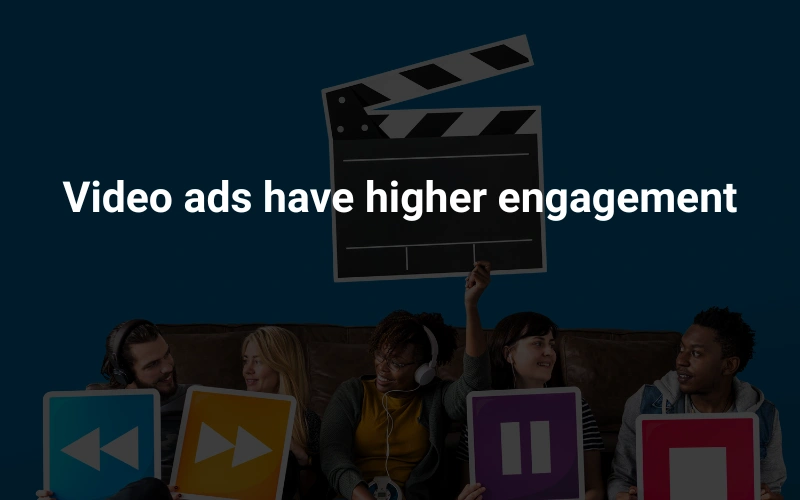
Video ads combine two elements that capture the user’s attention: motion and audio. Both of these are crucial in effectively delivering a message, ultimately resulting in improved interaction.
MediaMind discovered, after analyzing more than three billion ad impressions worldwide for half a year, that potential customers are:
While image or text ads depend on copy, punctuation and visual cues to communicate the intended tone, video ads utilize movement and sound to attract the attention of visitors. The marketing format is better at conveying your story to the desired audience with a customized message that is easily understandable to them.
Video ads that grab viewers’ attention and provide a compelling final call to action are more likely to succeed in retaining audience interest.
Research indicates the average user remembers 95% of a message when it is watched, compared to the rest 10% when they read. This means potential customers are more likely to remember your message via a video ad than an image ad or text ad. Moreover, a user’s positive experience with a video ad increases their purchase intent by 97% and brand association by 139%.
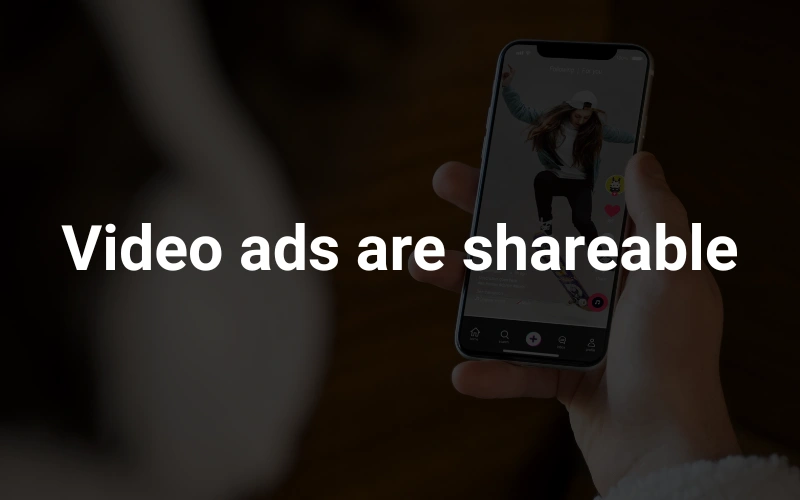
Twitter users are more likely to share videos because over 700 videos are being shared every minute.
Short video ads are brief, easy to relate to and have a narrative to share, making them easily shareable. Video ads provide brands with an excellent platform to showcase their identity and explain why they are popular among consumers.
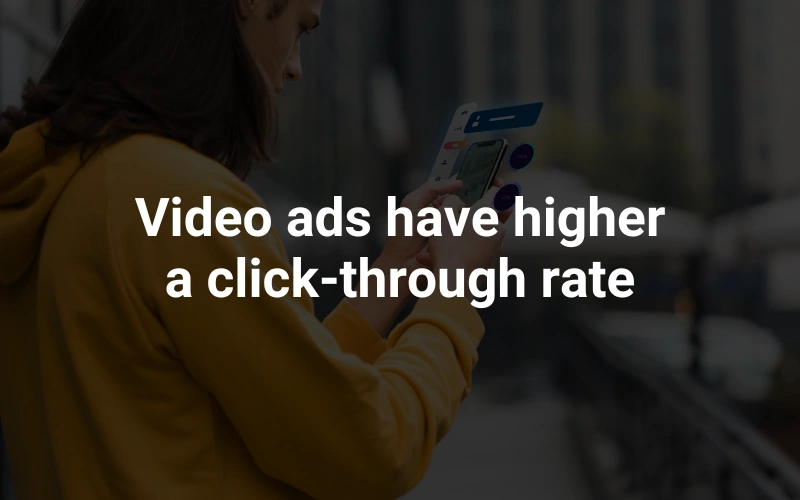
Video ads are superior to banner ad because they are more effective in both captivating audience and generating clicks due to their ability to better convey a story.
A study conducted by Smaato found that the CTR of video ads in mobile apps is 7.5 times greater than that of display ads. Compared to image ads, video ads on Facebook also result in a higher rate of clicks. ClearPivot, an agency specializing in digital marketing, observed that their clients experienced a notable rise in clicks from video ads in comparison to image ads – as much as 20 to 30% more clicks.
During an experiment by Cardinal Digital Marketing, video ads for a travel and tourism brand received a 47% higher click through rate compared to image ads, even though Facebook showed the image ads to more people.
Even though creating video ads is more time-consuming and costly, their capacity to effectively tell your story helps you connect with more potential customers and generate more ad clicks.

Creating videos for marketing purposes, such as building brand awareness and motivating target audiences to take action, is known as commercial videography. This involves promoting goods, services, and different purposes. Commercial videos can be incredibly successful in promoting a business or product when done correctly. These promotional videos can enhance sales, improve ROI, and most importantly, aid in building customer loyalty and optimizing search engine rankings.

A tutorial & training video is a type of instructional video that provides step by step instructions or guidance on how to use a product. They are also referred to as “how to” videos. Tutorial videos are the go to customer education method for training customers on how to use the product. A tutorial video guides your user through every step of the process to prevent them from becoming confused. You can choose to embed your tutorial videos on your website or product or can share them online via hosting providers.

A brand video serves as a valuable asset in showcasing a brand’s background, the values and goals of the company, as well as their offerings. Brand videos are typically brief, very innovative videos made to catch the viewer’s eye and establish a favorable image of the brand. Brand videos are commonly utilized in marketing strategies for video marketing on various digital platforms such as websites, social media, YouTube, etc., to enhance brand recognition, generate leads, and boost conversions.

Case study videos showcase genuine success stories and authentic customer reviews from happy clients. They offer significant social evidence, showing the positive impact of your products or services on them. Customer testimonial videos create trust and confidence in potential customers, affirming the worth of your brand.

Consumers create video content about a brand. For instance, a lot of customers share their opinions on products, personal experiences, makeup tutorials, videos of opening products, guides and demonstrations, event highlights, etc. Companies have the option to share this content created by users on their social media profiles. With more UGC videos being made by consumers, brands can showcase the popularity of their products, boost their brand’s exposure, and drive more sales.
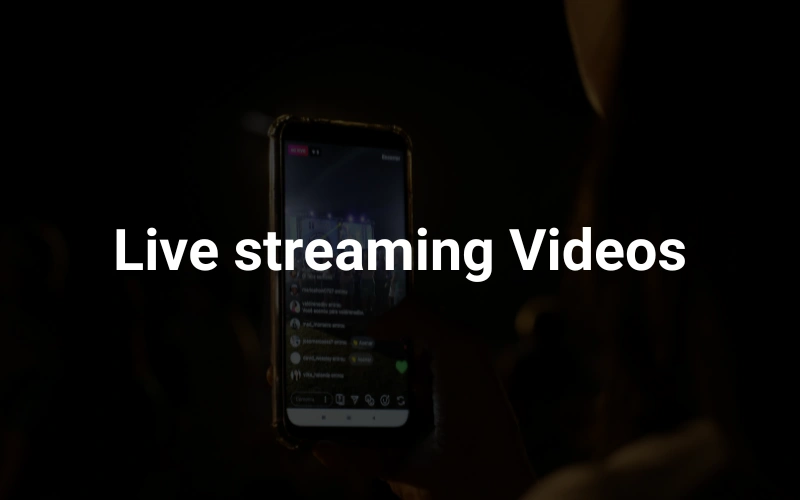
Live streaming Videos helps to capture real time streaming of events and make viewers feel like they’re actually present there. For example, a store opening, product launches, Q&A sessions or a product demonstration. You will be able to interact with your audience in real time and engagement from viewers with live Q&A, polls or chat.
At Glamour fox Productions, our approach to product videography is to bring each client’s vision to life, ensuring every video we produce is as unique as the product it showcase. Here’s how we navigate our product videography projects:

Our process begins with a detailed briefing session where we discuss your product videography requirements. Understanding your vision and objectives is important for us to craft a proposal. We then provide a customized quotation that respects your budget constraints, ensuring affordability without compromising on quality. Upon agreement and an initial deposit, we move forward to the pre-production stage.

This stage is all about processing a successful shoot. Our team personally engages you to select appropriate props for the product, identifying the best shooting locations, and develop layouts that suits your product’s story. We also script the video, ensuring that the story telling not only highlights the product’s best features but also engages the audience emotionally and intellectually. Our vast network also gives us the access to professional models and actors. This ensures we have the right talent for your product video.
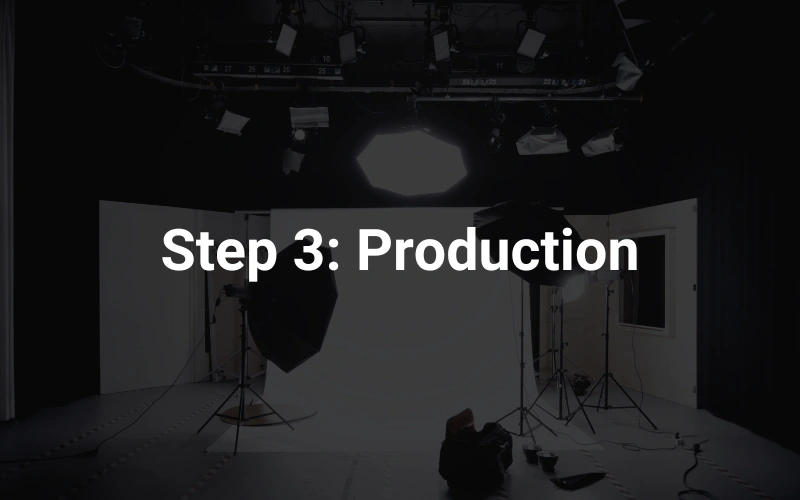
Our plans come alive during the production phase with the help of our skilled videographers and producers. We pay attention to every aspect, including lighting, camera angles, product placement, and movement. Whether you like to be involved or let us lead, we are adaptable to your preferences during the entire filming process. Ongoing feedback is encouraged and integrated to ensure the end result meets your expectations perfectly.
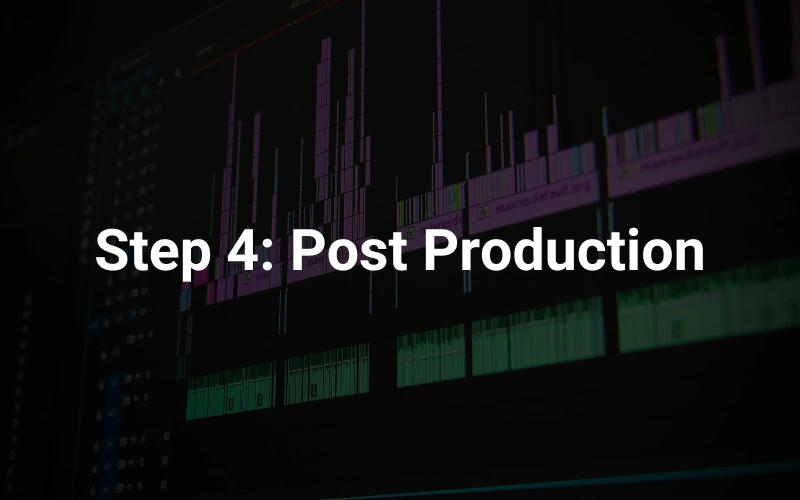
The last step includes editing the recorded footage to create a refined and engaging product video. Our post-production process involves collaboration, with regular check-ins for your feedback and revisions. This guarantees that the end video not just meets but surpasses your expectations, prepared to be utilized in your marketing plan with certainty.

Video metrics are like a map. They guide us to see how well our video is doing. It tracks things that matter such as reach count, view count, engagement, clicks through rate and social sharing. The truth is, these key facts can make or break your video’s success.

User engagement metrics are tools that companies use to enhance the audience experience and can save time and money by eliminating ineffective strategies in content creation or development. These measurements offer app developers, web developers, or content creators insight into the level of engagement that audiences have with digital content or apps. Engagement is crucial as it aids marketers in identifying the most appealing content for specific customers and whether it brings value to them.

The ability to keep the interest of your audience throughout the duration of your content is known as audience retention. It encompasses aspects such as the duration on a blog post or the watch time on a video, as well as how your audience remains engaged with your brand across multiple interactions.

Conversion rates provide insight into the effectiveness of your business sales and marketing strategies. Tracking the number of viewers who have acted after watching your video is beneficial. This is depicted as a percentage when measuring conversion rate.
Businesses may have many types of conversion goals in mind, such as the visitor:
Making a purchase
Submitting an information request
Issuing a business call
Creating an account
Downloading a digital asset
Engaging in the site in some way (e.g., clicking a widget)
Signing up for a newsletter

Click Through Rate (CTR) tells how often people click your video. We find it when we divide the number of clicks on a video by how many times the video has been shown (i.e. click upon impression). A high CTR shows that your video is doing well. This indicates that a greater number of individuals find your words or displays compelling. You can also use this method for social media posts and not just videos! The higher your CTR, the more successful the content has been in generating interest of users.

Determine the return on investment by evaluating the expenses of creating and advertising the video in contrast to the earnings or value produced. This measurement aids video production companies in assessing the financial viability of their marketing initiatives.

Shares mean people like your video. They share it with others on social media. This is a key part of video performance analysis. More shares often lead to more views. You want a lot of shares for your videos.
This indicates that your strategy for video content is effective. This also increases the chances of your content being viewed and clicked on by more individuals! Therefore, make sure to monitor the share statistics in your video engagement tracking instruments.

Using heatmaps and analytics of user behavior a video production company can gain insights into the way viewers engage with your video. These tools provide insight into which sections of the video are rewatched, skipped or paused allowing you to gain an understanding of viewer preferences. For example, a heatmap for your landing page can quickly show you which areas of the page are receiving the most engagement or clicks by displaying where the heatmap is most active.
Video significantly influences SEO, with about 31% of marketers using it to boost rankings. When content is integrated, websites benefit from higher search engine placements, as it elevates page quality and extends visitor engagement time.
In the meantime, 83% of marketers recognize the important role of video in generating leads, while more than 60% are witnessing an increase in customer acquisition expenses. To sum up, the influence of video on search engines definitely improves rankings and boosts marketing campaigns.
To measure how well your video is performing, you can analyze various metrics such as the number of views, engagement levels (likes, shares, comments, CTR), audience retention, conversion rates, and qualitative feedback. The marketing team can determine ROI by evaluating expenses against earnings.
Ensure video goals and benchmarks well, and optimize through A/B testing and user analytics. These procedures offer a thorough assessment for making well-informed decisions in upcoming video marketing campaigns.
Video ads for marketing strategy is very important in today’s digital era. It offers the power to capture, engage, and influence audiences like no other medium.
The ability to tell encouraging brand stories, convey information effectively with deeper emotional connections with viewers makes video an invaluable asset for businesses.
Investing in video production is no longer just a passing trend, but a strategic decision due to the growing demand for video content and its adaptability.
Elevate your brand, engage your audience and drive maximum results through our expert video production services. Transform your video marketing strategy with engaging content that captures and converts consumers.
©2024. Glamour Fox Productions. All Rights Reserved.